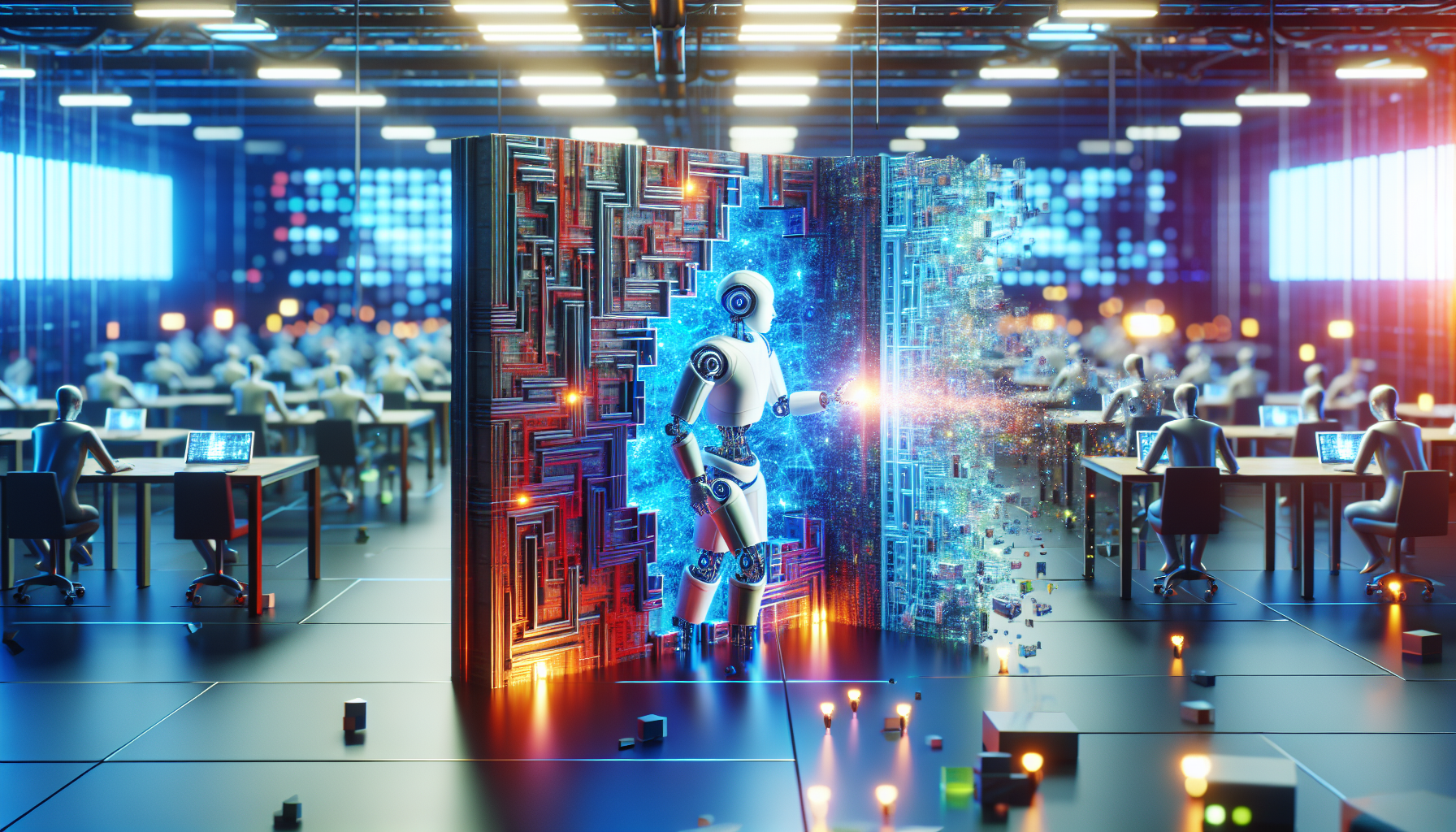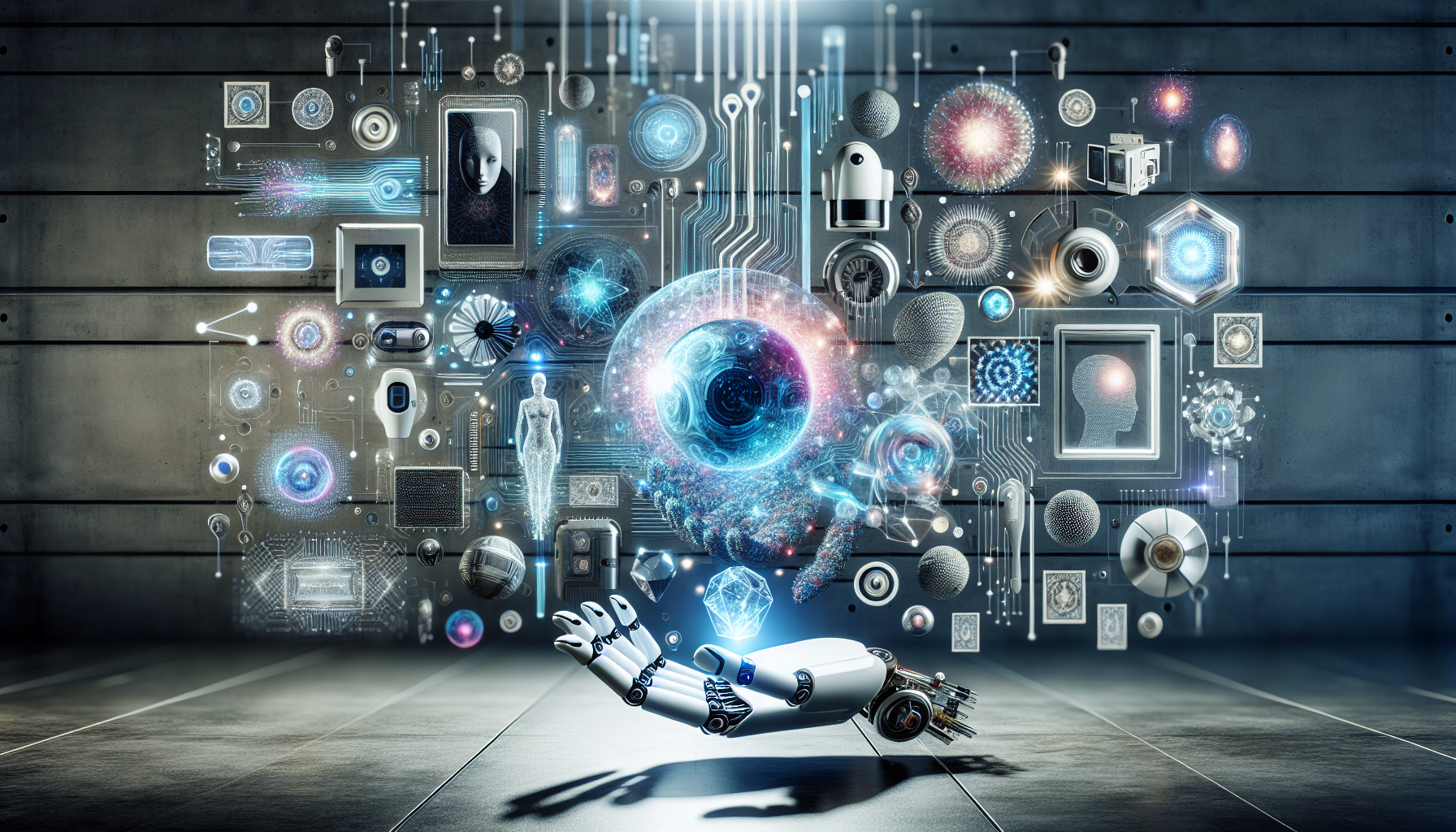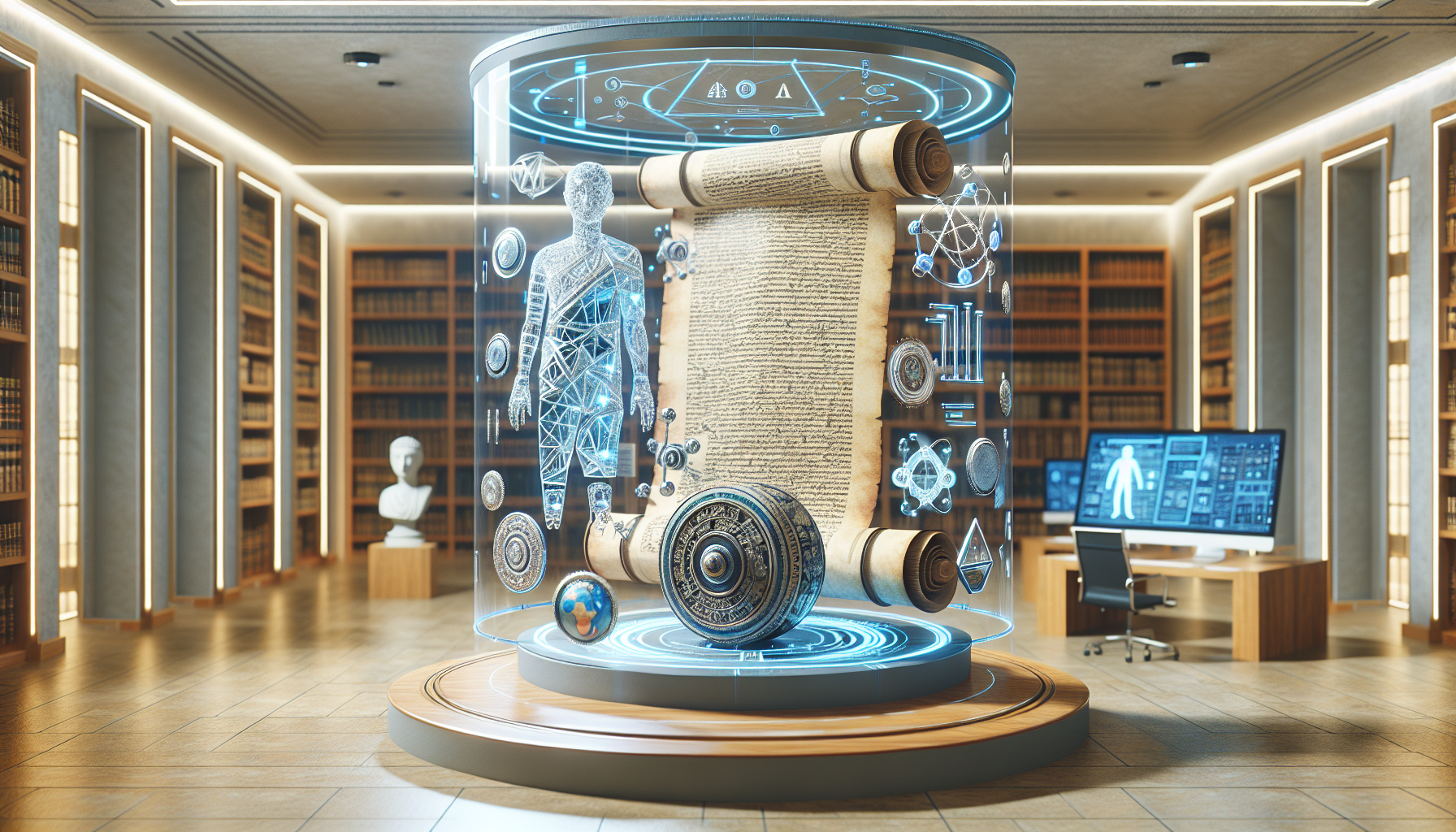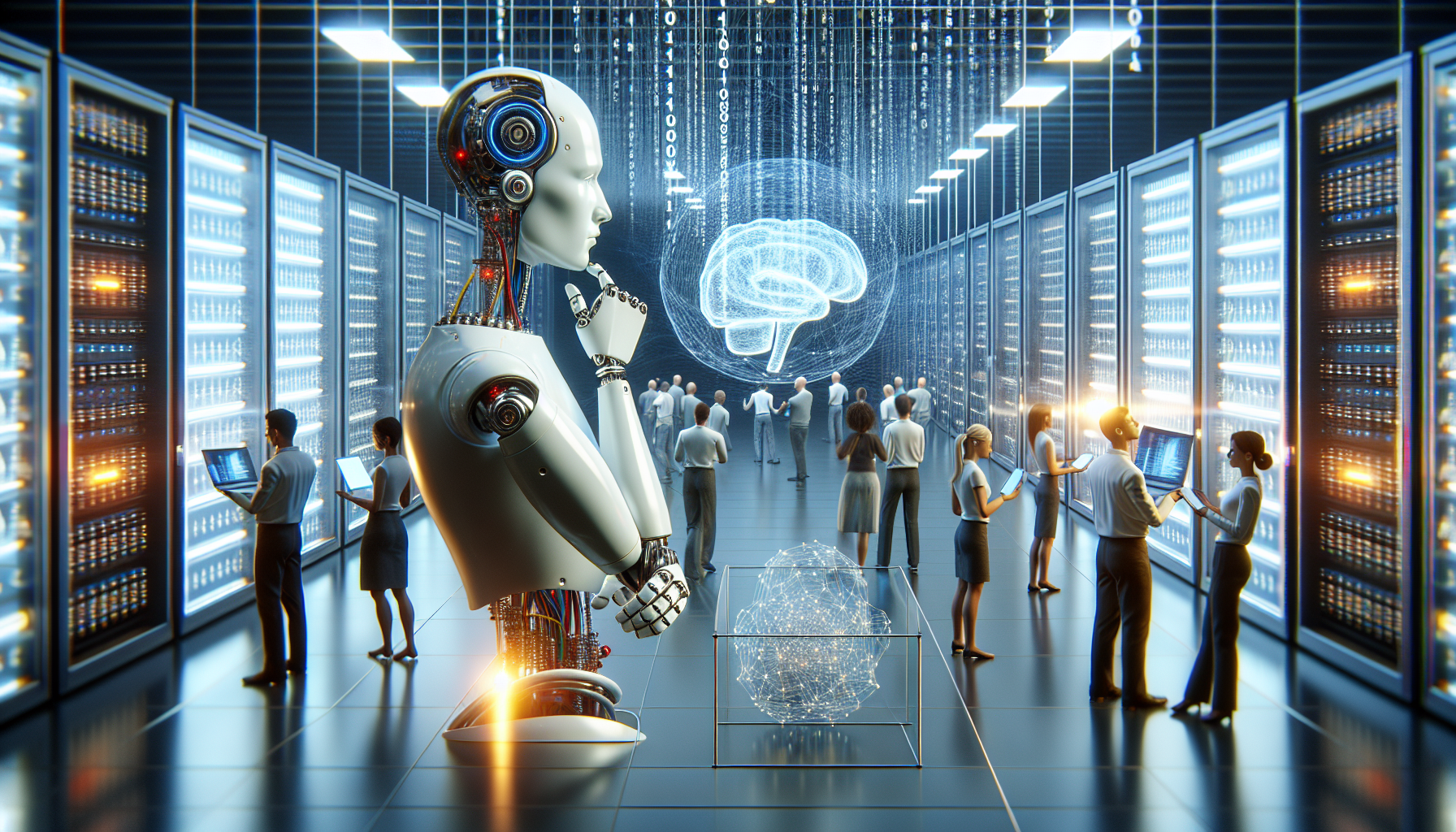
Debunking AI and IoT: Separating Fact from Fiction
October 23, 2025
When it comes to the convergence of Artificial Intelligence (AI) and the Internet of Things (IoT), the hype often outpaces the reality. These technologies promise to revolutionize industries, yet myths and misunderstandings persist. Here, we critically examine some of the most common misconceptions, offering a clearer picture of what this technological marriage can—and cannot—achieve.
At first glance, AI and IoT appear to be a natural pairing. IoT devices collect vast amounts of data, and AI can analyze this data to generate insights. However, the notion that their integration is straightforward and universally beneficial is misleading. The complexity of linking AI's capabilities to IoT's data streams is often understated, leading to inflated expectations.
One prevalent myth is that AI can seamlessly interpret the vast data generated by IoT devices without human intervention. In reality, AI systems require significant human oversight and fine-tuning to ensure accurate data interpretation. The narrative of autonomous AI managing IoT ecosystems without error oversimplifies the intricate processes involved. Machine learning models, for instance, need extensive training and validation. Even then, they can struggle with novel scenarios not encountered during training.
Another misconception is that the integration of AI and IoT leads to immediate cost savings. While it’s true that, in the long run, these technologies can optimize operations and reduce waste, the initial setup and maintenance are costly and resource-intensive. The infrastructure required to support AI and IoT systems, including robust data storage, high-speed networks, and cybersecurity measures, demands substantial investment. Businesses expecting instant financial returns are often disappointed when confronted with these upfront costs.
There is also a belief that AI-enhanced IoT systems are universally applicable across all industries. However, the effectiveness of these technologies is highly context-dependent. What works in one sector may not translate to another due to differing operational needs and regulatory environments. For example, the precision required in healthcare applications is vastly different from that in manufacturing, necessitating tailored AI solutions that consider industry-specific challenges.
The myth of perfect security in AI and IoT systems is another area where reality falls short. While advancements in cybersecurity are ongoing, the interconnected nature of IoT devices presents unique vulnerabilities. AI can help identify and mitigate some risks, but it is not a panacea. The sophistication of cyber threats continues to evolve, often outpacing the defensive measures in place. This necessitates a continual reassessment of security strategies, an ongoing process rather than a one-time fix.
Furthermore, the commonly held belief that AI and IoT will inevitably lead to job displacement is overly simplistic. While automation may reduce demand for certain roles, it also creates new opportunities in areas such as AI system management, data analysis, and cybersecurity. The transition requires a shift in skillsets, highlighting the need for comprehensive workforce retraining programs. The narrative of AI as a job destroyer neglects the potential for economic transformation and growth through innovation.
The ethical considerations of AI and IoT also receive insufficient attention amid the excitement. Issues such as data privacy, surveillance, and algorithmic bias are not merely technical challenges but societal ones. As AI systems become more integrated into IoT networks, the potential for misuse increases. Ensuring that these technologies are used responsibly requires robust governance frameworks and transparency in their development and deployment.
In debunking these myths, a more nuanced understanding of the AI-IoT intersection emerges. It is not a magical solution to all technological challenges, but rather a powerful tool with the potential to drive significant advancements—if implemented thoughtfully and critically. The key lies in acknowledging the limitations and addressing the challenges head-on, rather than succumbing to overhyped narratives.
As we navigate the complexities of AI and IoT, the question remains: How can we harness their combined potential responsibly and equitably? This inquiry invites ongoing dialogue and innovation, urging stakeholders to look beyond the myths and engage with the realities of this technological frontier.


